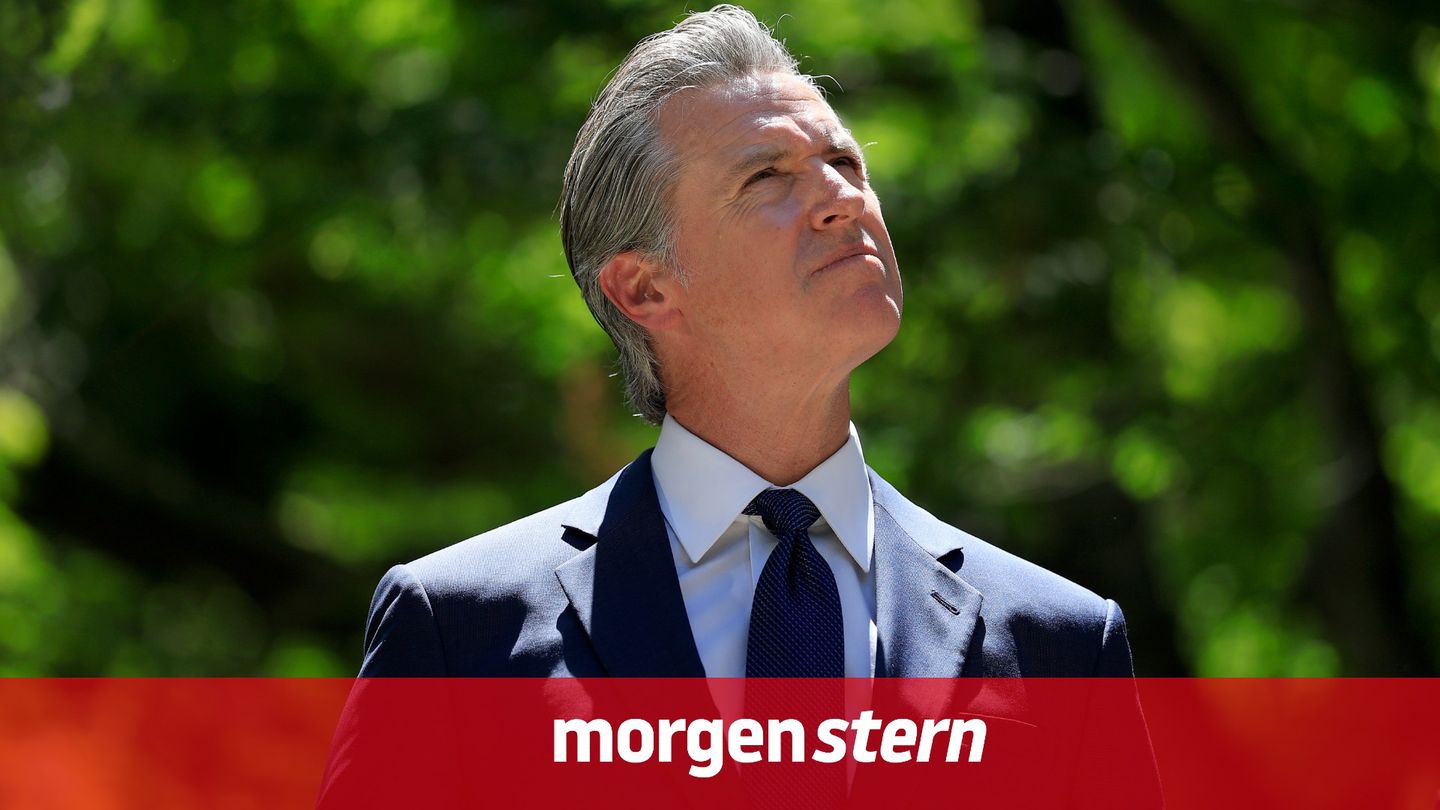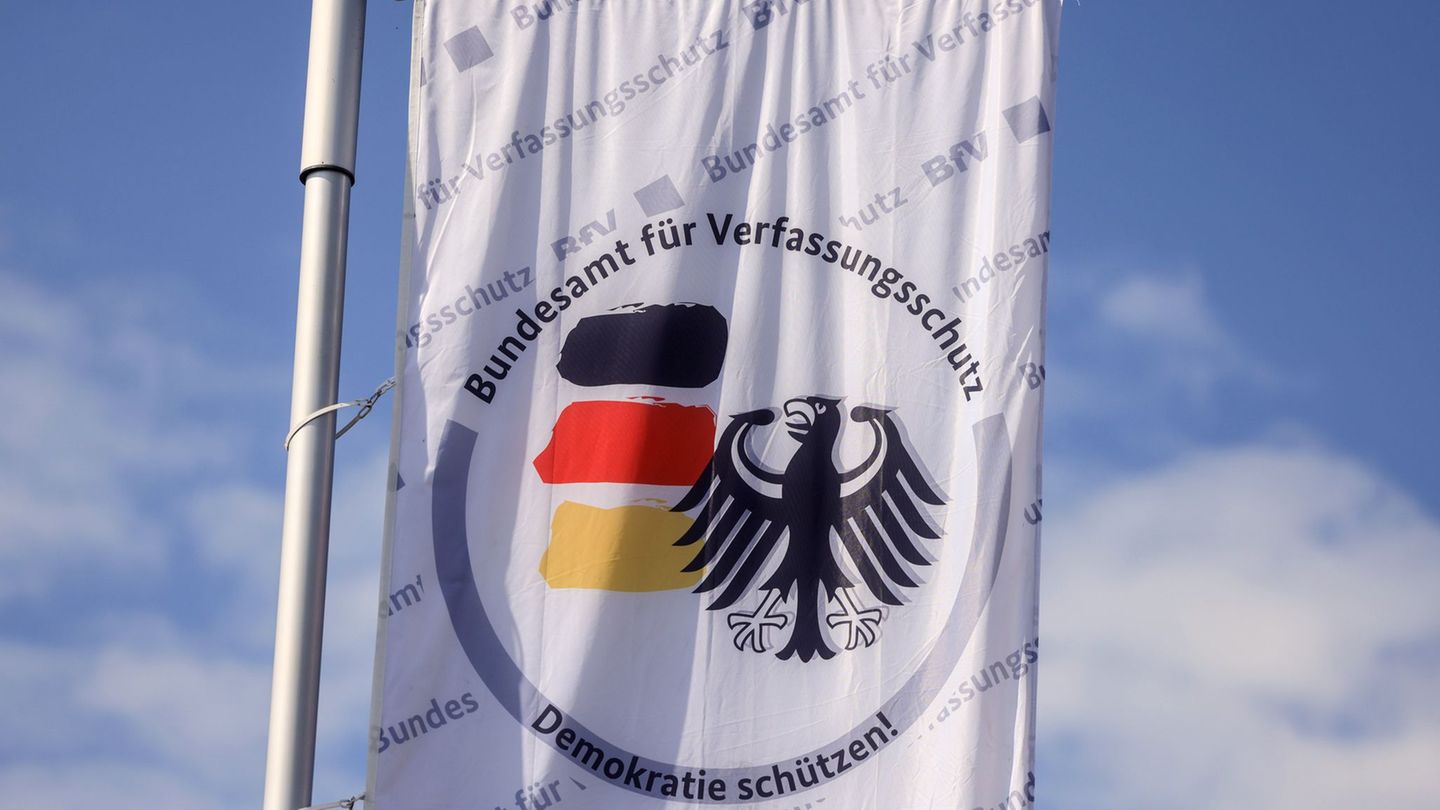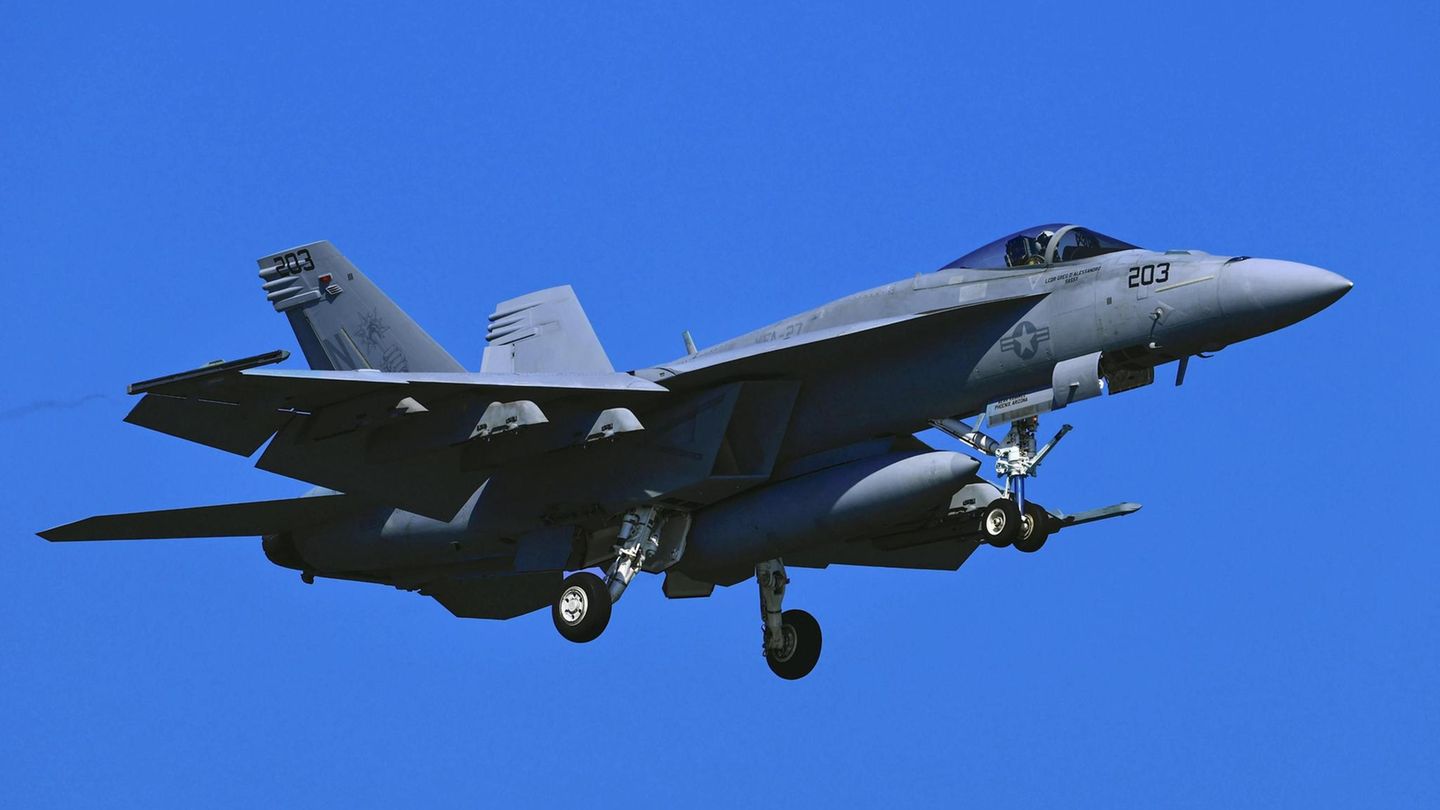Antifragility, a concept that transcends mere resilience, is manifested in F1 through the ability not only to resist critical events, but also to extract learning that strengthens the team.
Seeing a Formula 1 driver complete a race at more than 300 kilometers per hour is, in itself, an extraordinary achievement. However, beyond the sporting feat, F1 provides us with an exceptional model for understanding and applying antifragility principles in modern business management. Let’s see how international motorsport allows us to explore the way in which these principles materialize both on the track and in a boardroom.
The content you want to access is exclusive to subscribers.
Antifragility, a concept that transcends mere resilience, is manifested in F1 through the ability not only to resist critical events, but also to extract learning that strengthens the team. In an F1 race, the multiplicity of simultaneous variables – from weather conditions to the incidence of wind, the position of the sun, the behavior of other drivers and the speed of the team in the pits – creates a scenario of complexity comparable to the business environment. current.


The first crucial element is strategic optionality. Just as an F1 team must develop multiple capabilities in terms of car configuration, available tires and speed of team response, organizations need to cultivate a repertoire of skills and methodologies that allow them to adapt to supervening, uncertain and indeterminate circumstances.
Adaptability emerges as a second fundamental factor, transcending the mere availability of options to incorporate elements of team temperament and mettle. As writer Haruki Murakami suggests, “we are not the same when we emerge from a storm as when we enter it.” This positive transformation in the face of adversity defines the essence of antifragility.
A third critical aspect is decision-making under extreme pressure. In F1, decisions about overtaking or defending maneuvers must be made in milliseconds, requiring perfect articulation between the driver and his radio-connected team. This dynamic is reflected in the business need to develop agile and coordinated decision systems.
The execution of decisions represents another vital element. When a driver decides to attempt an overtake, the execution must be immediate and total, without room for doubt. However, true mastery lies in maintaining the flexibility to abort the maneuver if conditions change, avoiding anchoring in “all or nothing” decisions that could be catastrophic.
The historical evolution of F1 demonstrates how antifragility operates in the long term. Advances in safety, technology and physical preparation of pilots – today truly elite athletes – show how each crisis and challenge has driven systematic improvements in the sport.
For modern organizations, these lessons are invaluable. The ability to maintain multiple strategic options, adapt quickly, make decisions under pressure, and execute them with flexible determination, while constantly learning and improving, defines the difference between simply surviving and truly thriving in high-uncertainty environments.
Now that thanks to Franco Colapinto we saw the races again, let’s take the opportunity to analyze them knowing that they are not only a sporting competition, but also a manual of organizational antifragility.
Lawyer and consultant for owners and companies
Source: Ambito
I am an author and journalist who has worked in the entertainment industry for over a decade. I currently work as a news editor at a major news website, and my focus is on covering the latest trends in entertainment. I also write occasional pieces for other outlets, and have authored two books about the entertainment industry.




